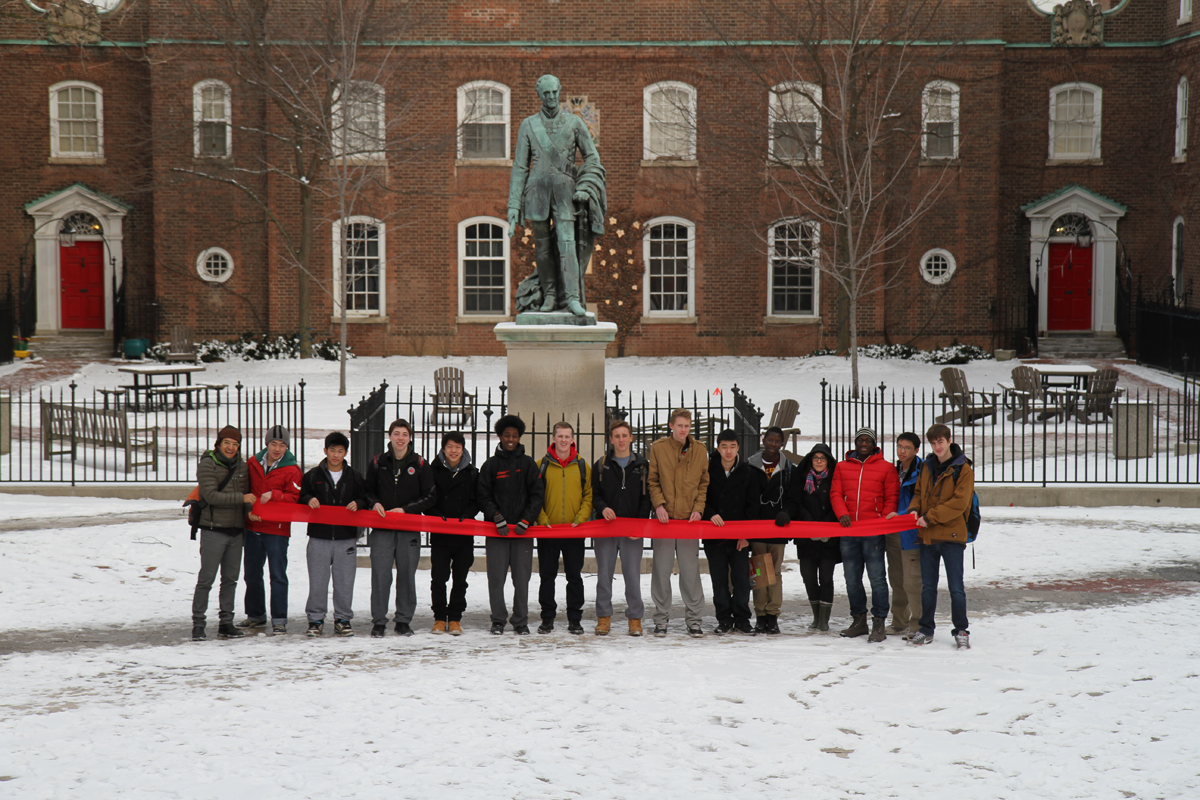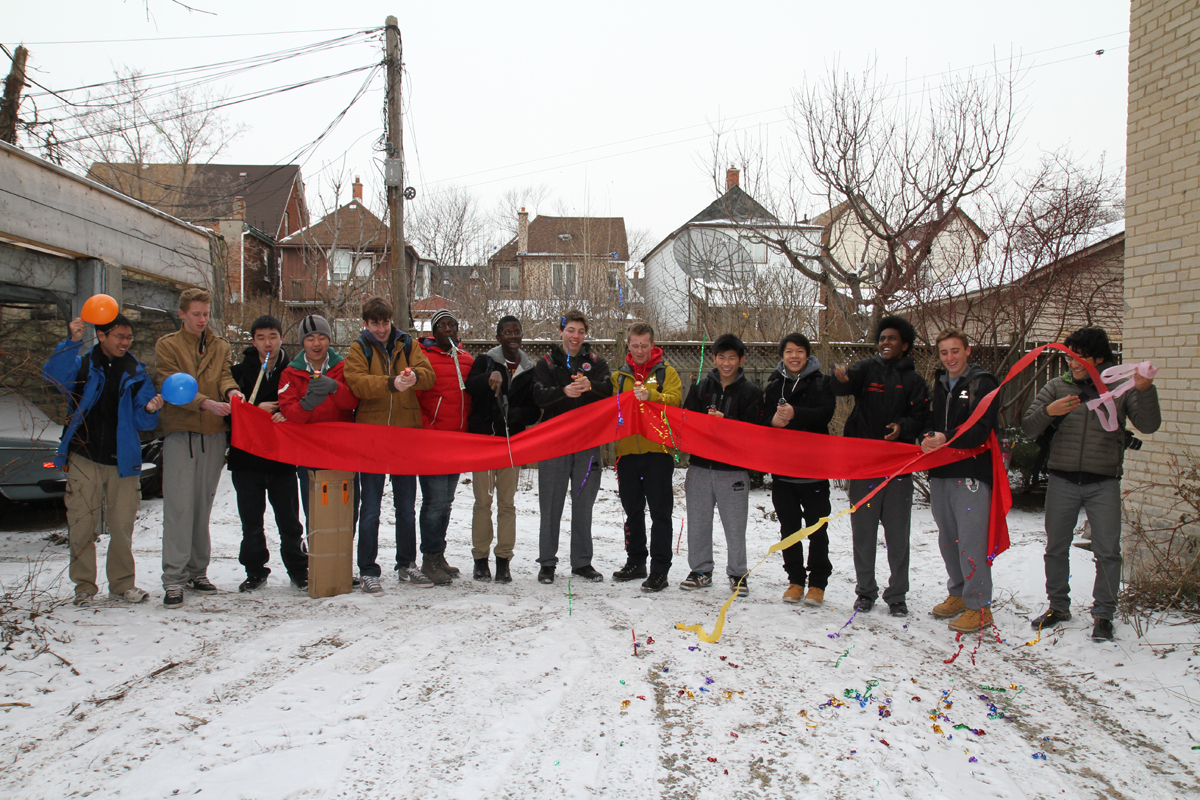The Museum Without Entrance (MWE) develops from the idea of decentering and creating options in our prescribed relationships to cultural activities. The project, by artist Rodrigo Hernandez-Gomez, brings together collectors, private collections and audiences in the City of Toronto to create the MWE. Hernandez-Gomez worked with 5 different classes, at a range of different schools in the city, and with 3 different collectors.
The visits become an encounter with the collector’s particular point of view, on his or her motives and method of collecting, as well as the particularities of the site where the artifacts are kept. The collection and the site together express a lot about local history and values. This experience is meant to open up a time/space that allows the students to draw connections between themselves, the artifacts in the collection and the city. In a traditional museum, the relationship between the artifacts, the collector and the visitor often maintain an impersonal quality and a complex symbolic distance.
Two preparatory sessions were held before the visit to the collection and one session afterwards. In the follow up session, the class had a chance to respond to their overall experience with the project.
Zoological Museum
Secondary school students visited the Contemporary Zoological Conservatory maintained by Morgan Mavis in her home on Toronto’s west side. The students celebrated a ribbon ceremony at the back of the building. Morgan spoke about her practice as collector of taxidermy, history and cultural reception, and she even baked chocolate cookies!
From the CZC, the students walked over to a friendly artist-run centre called Art Metropole where they discussed responses to the visit and browsed through magazines and art books.
Folk Art
Students visited Mr. Fujikawa and his Folk Art collection. Much of Mr. Fujikawa’s collection comes from Nova Scotia. During the visit, Mr. Fujikawa played part of a documentary film on folk art. The students watched the film in his living room, ate popcorn and tried hard to understand the onscreen artists’ accents. The students conducted a ribbon ceremony at the entrance to Mr. Fujikawa’s home.
ASAP Locks
MWE worked with two Grade 11 visual art classes who visited ASAP Locks, owned by locksmith Patrick Flynn. Students moved through the shop as they listened to Patrick’s anecdotes and technical descriptions of artifacts. The collection includes pad locks, locking mechanisms, safe boxes, and handcuffs. The students conducted two ribbon ceremonies to inaugurate the museum: one at the entrance of the school and another at the entrance to ASAP Locks.





















